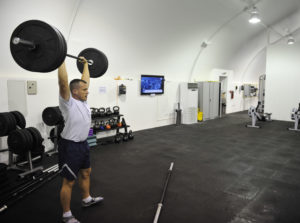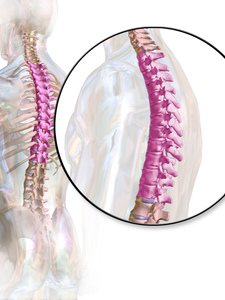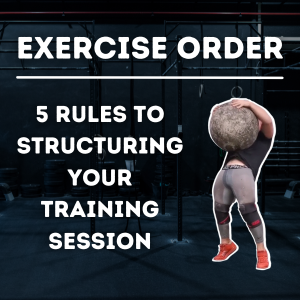If you don’t understand the keys to monitoring fitness – staying motivated can be a constant battle.
Training can be tough enough as it is. Although we all embrace the masochistic personality when we enter the gym, the constant battle rages between your mind and body – why am I still doing this? Can I achieve what I set out to achieve?
No matter how hard you want it. Sometimes… The body wins.
You shut down. And against all odds, negating all influence of your willpower, you simply can’t lift the weight you want.
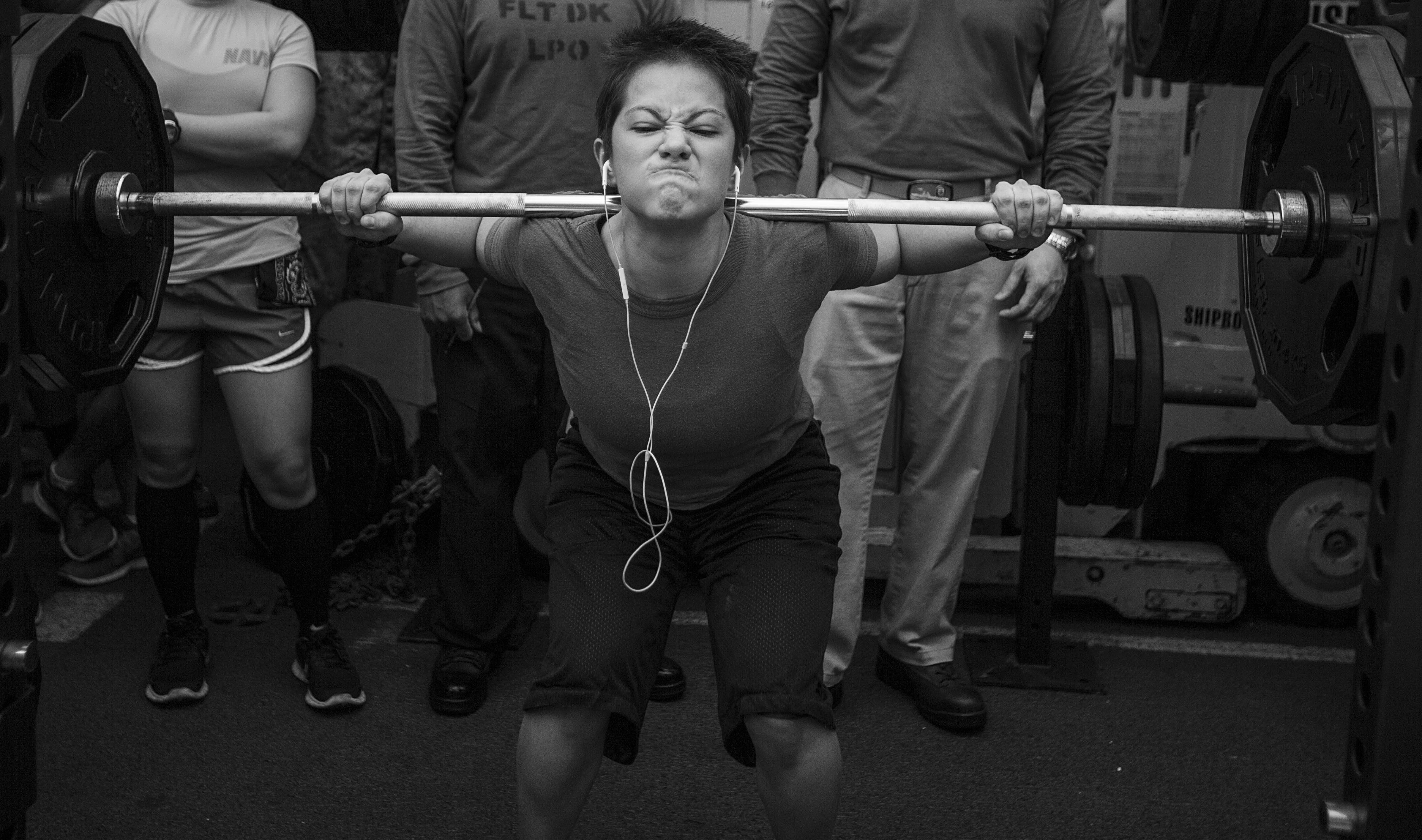
Set the Scene
Jason continued to push onwards. He’d had a sh*t day at the office, enduring the drone of people telling him how he wasn’t staying focused and that if he “put as much effort into work as he did in the gym, he’d be the top employee”.
It didn’t matter to him. The gym, the iron sanctuary was his escape. Every day that the clock chimed 5, he stormed out of the building, looking forward to killing it in the gym.
But today was different. From the moment he touched the first dumbbell, he knew something was off.
F*ck this. He needed this session.
He slammed an extra scoop of pre-workout, swallowed his pride, did everything in his power to block out the negative thoughts of work.
Yet to no avail.
His warm ups felt like working weights.
His coordination felt off. He felt rusty – almost like it was the first time he’d ever tried squatting.
What the hell was going wrong?
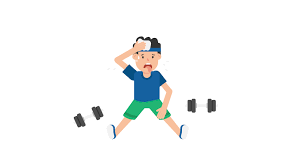
I often find myself repeating the following line:
If training hard was all that mattered, most people would hit their goals. There's a huge difference between training hard and training smart. The key is monitoring fitness.
In the world we live in, we embrace the notion of training to the limits and although a large cohort does need to learn how to push themselves, a contrasting group suffer from something else:
Overindulgence.
Learn more about Overtraining
I won’t delve into too much detail on this topic. I’ve written about this before and in an addition to this article, you should learn more about whether a deload is actually necessary.
WHAT?
Learn the topic.
Exercise and Training
Before we go any further, there needs to be an important distinction made between exercise (also referred to as ‘physical activity’) and training.
Exercise or “Physical Activity” can be defined as: “as any bodily movement produced by skeletal muscles that requires energy expenditure” (7).
Training however, that’s a little different.
Training follows a structure.
It has an aim.
A purpose.
Training adheres to Laws - "Component Specific (Law 1) Progression (Law 2) best suited to the Individual (Law 3).
Each of which are manipulated by variables such as time, frequency, volume, intensity etc.
The difference is important for one clear reason:
It’s nigh on impossible to “over-exercise”, but is more than possible to “over-train”.
The whole notion of “exercise/physical activity” is that it doesn’t really challenge your bodily systems in a way that disrupts homeostasis and therefore requires recovery.
If it did, that’s when it would tip the scales into training.
Make no mistake, physical activity provides a whole host of benefits and has been shown to be a clear indicator that distinguishes between a sedentary and a relatively healthy member of the public (5), but it isn’t and never will be the answer to becoming the strongest, fittest version of yourself.
The boom of the 10,000 steps a day crowd are perfect candidates for the “increased physical activity”. Go crazy and walk to your heart’s content, but when it comes to training – a targetted approach to improving an aspect of your physical fitness – we need to keep monitoring fitness in mind.
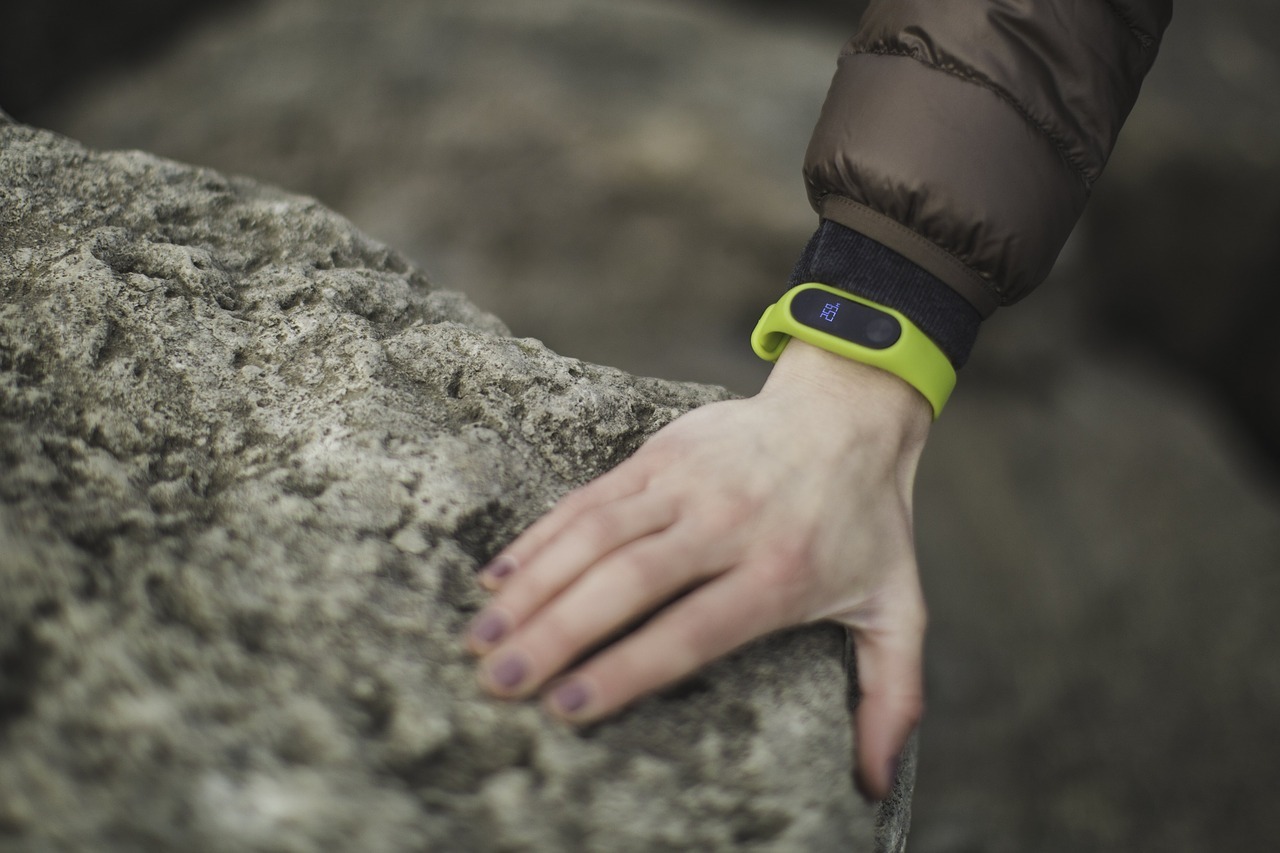
WHY?
Learn the science and theory.
The Before and After Mentality
Have you ever heard the phrase:
“It’s not about the destination, but the journey it takes to get there”
This is a paradox that most people live with on a regular basis. We know that we should enjoy the journey and embrace the idea of progressing. As a matter of fact, we thrive on it.
Leading Expert on all things self-development and Overall Saint to the World, Tony Robbins states that the feeling of progression is the key to fulfilment – fulfilment being the key to happiness.
But hang on a minute…
In the world of fitness and training, what do we see, plastered all over social media?
BEFORE AND AFTER.
We see the snapshot of someone’s progress and often miss the gruelling journey it took to get there.
As a result, most people begin their Journey thinking purely about what they will get when it’s all over.
When it all comes to an end.
The Root of the Problem
If we know that we should be focusing on the journey…what’s stopping us?
As I’ve mentioned previously, our fixation on the measurable aspect of our existence, means that if we can’t physically record our progress, we don’t feel progress at all.
In the world of self-development, several tools are used.
In the world of fitness and training? Bodyweight.
The number on the scales tends to be the only thing we record.
Businesses spotted this and as a result, there are now hundreds of options of watches and other devices that track thousands of biomarkers; providing you with an indicator of your health…the main issue?
We have no idea what they mean.
When it comes to strength, the beautiful simplicity of it, is knowing that you can either lift a weight, or you can’t. There’s very little middle ground.
However, this notion hinges on the idea that you’re training to failure, every time.
We know this isn’t the best option.
So now what?
Understanding what, why and how to go about monitoring fitness is the key.

Taken from giphy.com
Keeping an Eye on Things
Yes, the science of training can tell us a lot.
We know that progressively increasing tension over time is the key to building strength.
BUT…
How much of it do we need?
How do we know whether we are heading upwards to our results?
Or being pummelled into the ground and heading for injury?
HOW?
Learn the implementation.
Monitoring Fitness
What we’re going to discuss today, is ways to prevent the over training state from ever taking place.
Furthermore, we’re going to talk about the key ways to keep track of your progression.
Monitoring refers to the concept of taking a reliable metric, and measuring it over time in order to identify a pattern.
Methods you can implement and metrics for monitoring fitness, to make sure we keep track of where we are heading.
Note that there are quite a few things to choose from, but I have found the following to be the most reliable and valid measures of your strength and physical readiness (based off both experience and research).
Grip Strength
We’ve spoken before about the importance of not only building an immense grip, but also how closely it is linked to health; being coined as a whole body expression of strength (4).
Monitoring fitness by assessing this on a daily basis is essentially a feedback mechanism that tells you how physically prepared your body is for the day/training session ahead.
As shown in the image, with your elbows bent at 90 degrees tucked in close to your side; crush the dynamometer as hard as possible and hold for 3-5 seconds.
You can purchase digital Handgrip dynamometer online for a pretty cheap budget.
When it comes to your strength – the research is pretty definitive, testing your grip is the way to go.

Countermovement Jump Height
In the world of strength and conditioning, coaches use and abuse this test on a regular basis as a means of monitoring fitness and athletic development. Not only is it beneficial to improve jump height for a multitude of sports; it’s been shown to be a very valid predictor of physical preparedness (6).
Many sports clubs will screen the athletes for their jump height as they walk through the gym door into their strength and conditioning sessions.
One of the major issues found here, is the requirement of technology.
Unless you plan on purchasing a $10,000 force plate, you might have difficulty measuring your jump height.
Fortunately, apps such as JumpStar, have been developed to fix that problem. Simply record your jump, export it and ‘ey presto your jump height has been calculated for you.
Failing this, if recording a video isn’t for you, you can instead simply use a box to jump onto.
Although there is a specific way to effectively utilise the box jump, and it may not be the most reliable method of assessment – it still gets you to tune into your body and how it feels at that particular moment in time.

RPE Scale (Reps in Reserve Training)
Rate of perceived exertion has been around for a while. Subjectively reporting your exercise intensity relative to your maximum, on a 1-10 scale has been shown to be a fairly reliable predictor of actual intensity in recreationally trained subjects (2, 3).
If you want to read more on this topic click here.
This led to the development of what is known as repetitions in reserve training (RIR) which is gone as far as revolutionising the way we structure strength programming, allowing us to account for how we feel day to day (1).
However, we can continue to use RPE for what it was originally developed for – monitoring.
If you squat 140kg for 3 sets of 5 and the last set felt like an RPE 10; you only just got through it.
But 6 weeks later, you squat 140kg for 3 sets of 5 and this time it felt pretty easy at an RPE 7 – That is a pretty significant amount of progress.
Repetition Maximum (>2RM)
We’re all familiar with the 1RM test – lifting the maximum amount of weight you can lift for 1 repetition is the truest expression of maximal strength.
However, there are methods of estimating your 1 rep max by performing the heaviest weight you can lift for multiple reps.
Literally pick any number you want, lift the heaviest weight you can for that number, then pop it into any estimated 1RM calculator.
*Word of warning – this method becomes less accurate and poses an increased injury risk, the more reps you do.
For example, a 3RM is far more applicable to strength than a 10RM.

Videos – Analyse Technique
There are literally hundreds of options available nowadays – if you say you “can’t video a set”, it’s because you don’t want to. Simple.
Every phone in the world nowadays, has some kind of camera, regardless of the quality.
Videoing from different angles on a regular basis not only gives you a way of seeing your lift from a 3rd person perspective, allowing you to learn and critique your own technique but it also removes the feeling from it.
Chances are there will have been a time where a deadlift set felt like the set from hell. It weighed a tonne and felt like it was crushing you. Yet when you watch the video back, it actually moved pretty fast.
Remember, the camera never lies.
There are dozens of options available, such as:
- Coaches Eye
- BarSense
- IronPath
And I’m sure there are many more besides – the point is, so long as you know what you’re looking for (e.g. A neutral spine on the deadlift) then video review of each set will come in handy to track in what direction your training is heading (i.e. Pains or gains).
The Good Ol’ Journal
Anything that lasts, usually lasts for a reason. Whether people use it or not, the use of keeping a journal/workout log in which you record how each training session felt, how difficult it was etc. is a fantastic way of keeping track of how your body is responding.
Let’s take an example, if you do your squat session, hitting 140kg for 3 sets of 5 in week 1 – after which you’re struggling to walk and feel like you’ve just been hit by a car, then that’s fine. Just record how it felt.
Then in your next training cycle, you hit 140kg for 3 sets of 5 again but this time, you write down how it felt – pretty easy. Not bad at all, felt like you could have done a few more sets.
That’s progression.
The weight is the same. The reps, sets…all the acute parameters are the same, but this time it felt easy.
There’s something to be said off valuing your experience. Still use the numbers and metrics to form the core of your monitoring process, but words have quite a lot of merit.

Summary
- Progression is something we all crave, but in the absence of metrics, sometimes it’s difficult to feel that progress taking place.
- Combine this with the Law of Individuality, its sometimes difficult to keep on top of the direction of our progress.
- As a result, we can often end up feeling like we have to do more, to gain more resulting quite easily, in a state of Overtraining.
- Monitoring fitness is the key to maintaining progression and noting where your results are heading.
- Ditch the scales as the only method of quantifying your results.
- Grip Strength; Countermovement jump height; video analysis; RPE rating/Reps in Reserve (RIR) training are just a few methods to track your progress.
Reference List
- CSPS, N. C., Schoenfeld. B., (2016). Application of the Repetitions in Reserve-Based Rating of Perceived Exertion Scale for Resistance Training.
- Day, M. L., McGuigan, M. R., Brice, G., & Foster, C. (2004). Monitoring exercise intensity during resistance training using the session RPE scale. The Journal of Strength & Conditioning Research, 18(2), 353-358.
- Herman, L., Foster, C., Maher, M. A., Mikat, R. P., & Porcari, J. P. (2006). Validity and reliability of the session RPE method for monitoring exercise training intensity. South African Journal of Sports Medicine, 18(1), 14-17.
- Iermakov, S., Podrigalo, L. V., & Jagiełło, W. (2016). Hand-grip strength as an indicator for predicting the success in martial arts athletes
- Katzmarzyk, P. T. (2010). Physical activity, sedentary behavior, and health: paradigm paralysis or paradigm shift?. Diabetes, 59(11), 2717-2725.
- Twist, C., & Highton, J. (2013). Monitoring fatigue and recovery in rugby league players. International Journal of sports physiology and performance, 8(5), 467-474.
- World Health Organization. (2010). Global recommendations on physical activity for health.



